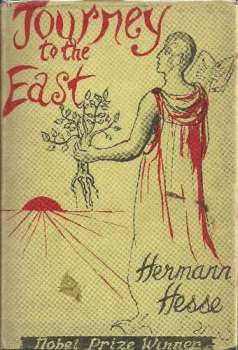Servant Leadership
The notion of “Servant Leadership” is timeless. Ancient Chinese and Indian philosophers described the ideal and it is a common thread among many religions.
“The highest type of ruler is one of whose existence the people are barely aware. Next comes one whom they love and praise. Next comes one whom they fear. Next comes one whom they despise and defy.” – Lao Tzu
I can remember coming across the concept in a variety of contexts growing up. My parents were the earliest role models in my life, but I also experienced a broad spectrum of teachers, coaches, and managers. Several different subjects touch on this as well. Art history, philosophy, and business classes each offer their own interpretation.

Robert K. Greenleaf
I had been exploring the idea lately and couldn’t come up with the right term to describe it. Searching for “Servant Leadership” lead to me Robert K. Greenleaf though, so I wanted to write a quick post in his honor. I just think it is so cool that he did not describe himself a philosopher, academic, theologian or writer, but as a businessman and a seeker.
Apparently the idea of the servant as leader came out of reading Hermann Hesse’s Journey to the East. The central figure of the story is Leo, who accompanies the party as the servant who does their menial chores, but who also sustains them with his spirit and his song. All goes well until Leo disappears. Then the group falls into disarray and the journey is abandoned. The narrator, one of the party, eventually discovers that Leo is in fact a great and noble leader.

Journey to the East
Check out this post from New Bamboo if you are interested in reading more.